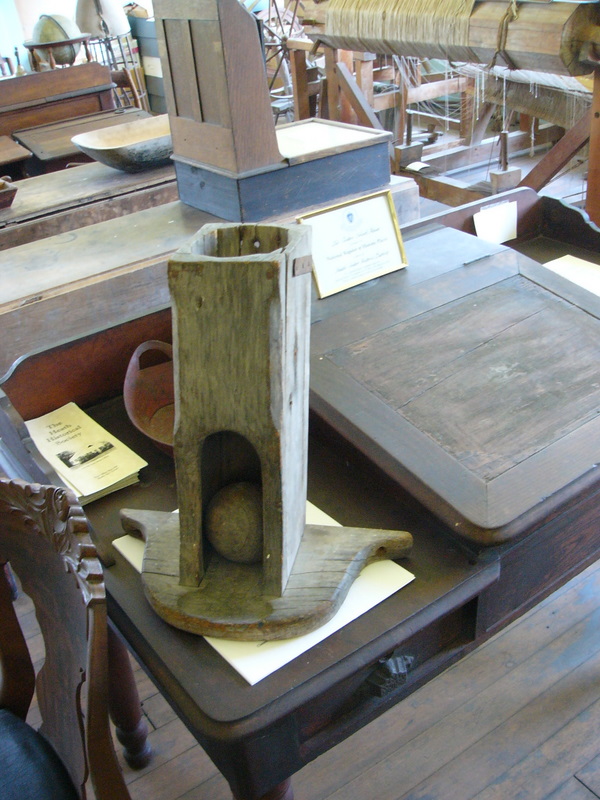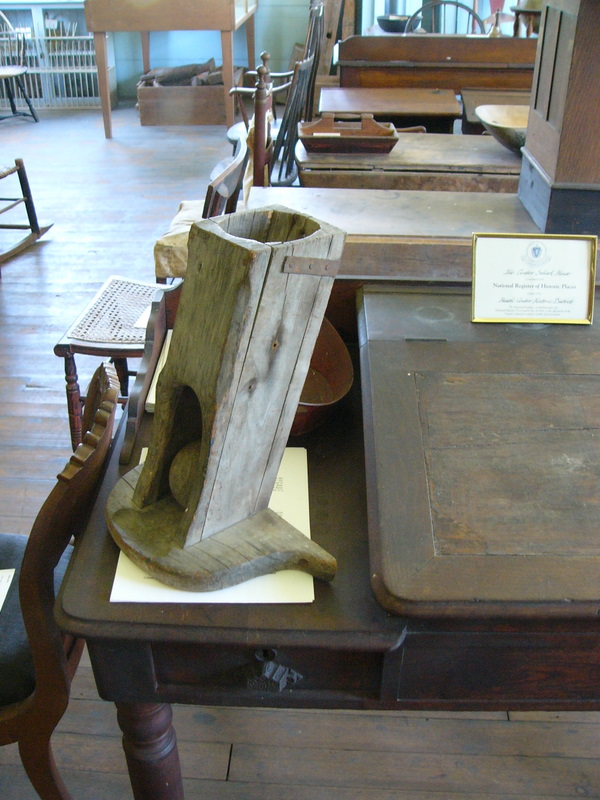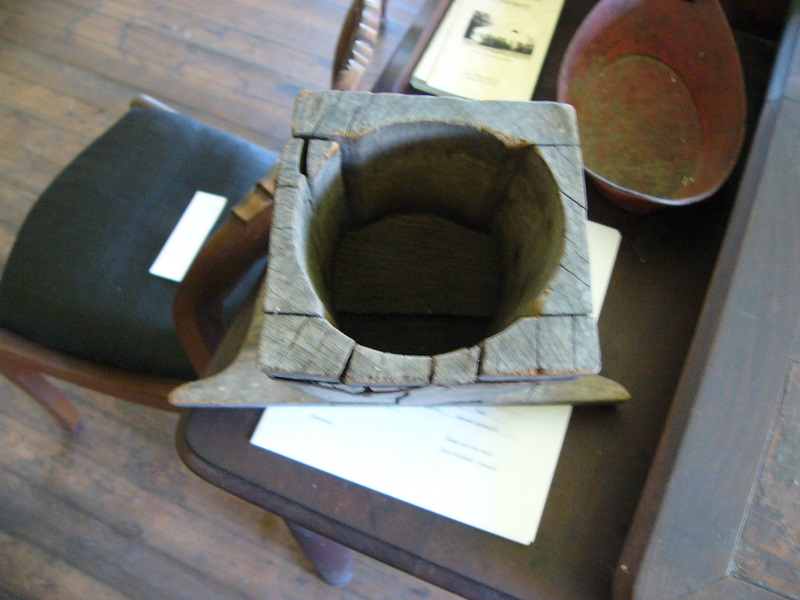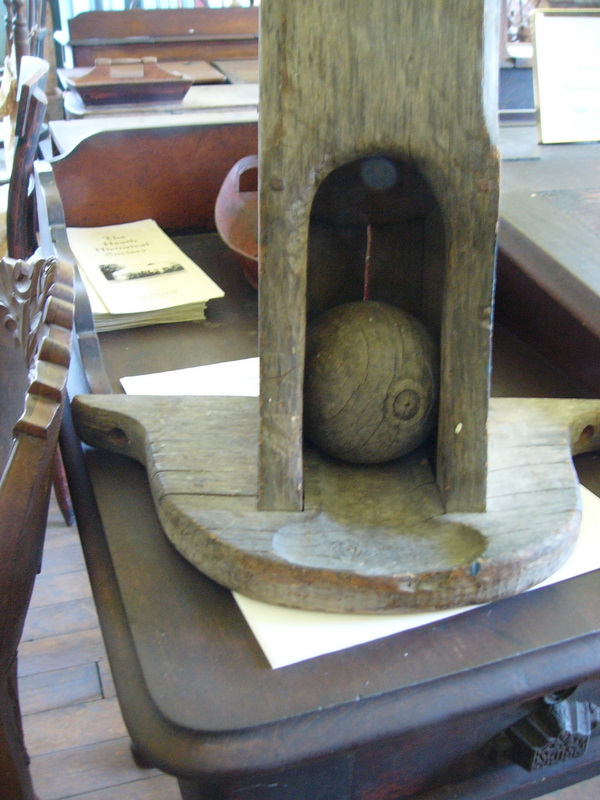billski
Active member
While visiting with the curator of the Heath, Massachusetts Historical Society Museum, she revealed to me the most mysterious of objects. She has no idea what is is, though her husband postulates that it has something to do with metering the flow of water.
I promised I would consult with the most brilliant of minds (Alpine Zone of course) to identify precisely what this object is. I have enclosed some photos and will attempt to describe it.
The object is made entirely of wood. I would estimate it is between 100 and 300 years of age. I am assured it was used in Heath Massachusetts, settled in the 1700s as a "frontier village". So far, nobody has the answer.
It appears to be a wooden shaft, about 12 inches in height. the interior shaft is round and holds within its bottommost a wooden ball, which moves freely but cannot escape from the upside-down "U" opening. The bottom of it is has a small carved depression, about one-eight inches deep. Along the sides of the "U" are wear marks, as if something rubbed up against it regularly.
In the middle of the shaft, above the "U" is a blocking device, much like a choke on an old carburetor. However, this choke is made up of two half-moon shaped wooden disks, at a not-exactly perpendicular angle to the shaft. One of the half-moons slides back to open. At the bottom, two screw mounting holes are evident. If mounted in this position, it would be at an approximately 60 degree angle to the mount.
At this point, I go along with it being some sort of water-controlling devices. there are no stains to suggest any other type of liquid could have been used in it.
Lastly, a small strap of metal was apparently added at some later time to hold this object together, across the top back.
Any takers?




I promised I would consult with the most brilliant of minds (Alpine Zone of course) to identify precisely what this object is. I have enclosed some photos and will attempt to describe it.
The object is made entirely of wood. I would estimate it is between 100 and 300 years of age. I am assured it was used in Heath Massachusetts, settled in the 1700s as a "frontier village". So far, nobody has the answer.
It appears to be a wooden shaft, about 12 inches in height. the interior shaft is round and holds within its bottommost a wooden ball, which moves freely but cannot escape from the upside-down "U" opening. The bottom of it is has a small carved depression, about one-eight inches deep. Along the sides of the "U" are wear marks, as if something rubbed up against it regularly.
In the middle of the shaft, above the "U" is a blocking device, much like a choke on an old carburetor. However, this choke is made up of two half-moon shaped wooden disks, at a not-exactly perpendicular angle to the shaft. One of the half-moons slides back to open. At the bottom, two screw mounting holes are evident. If mounted in this position, it would be at an approximately 60 degree angle to the mount.
At this point, I go along with it being some sort of water-controlling devices. there are no stains to suggest any other type of liquid could have been used in it.
Lastly, a small strap of metal was apparently added at some later time to hold this object together, across the top back.
Any takers?